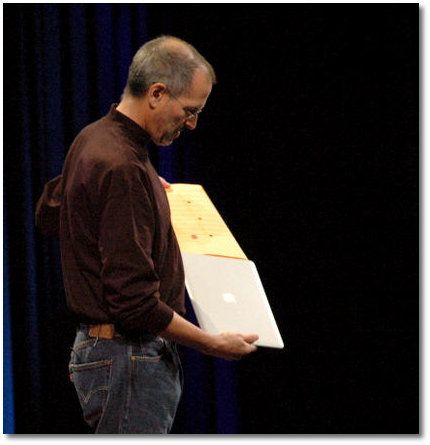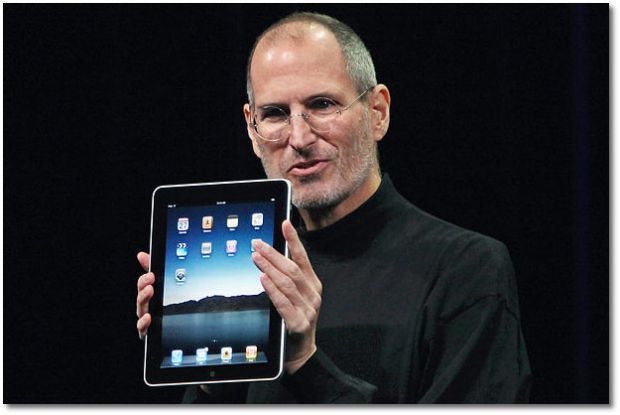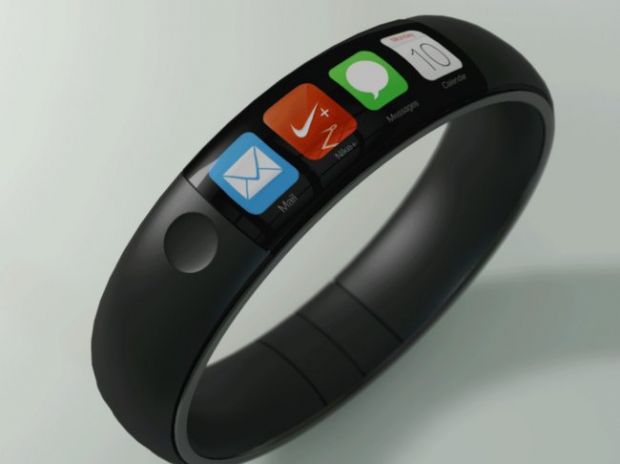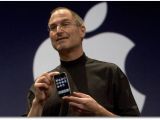It’s become a huge cliche to ask “what would Steve Jobs do?” had he still been around. Jobs himself actually urged his fellow executives not to ask that question after he’s gone. But it’s hard to resist, isn’t it?
After all, Steve Jobs was, by all accounts, Apple Inc. From customers to investors, from partners to rivals, everyone associated Apple with the guy that made prank calls to Starbucks on stage.
These days, analysts on every TV station are doing metrics on Apple’s innovation pace. Pretty much everyone agrees it’s lagging without the guidance of its visionary leader, some with such eloquence you’ll begin to wonder why they’re not Apple’s CEO. Suddenly, everyone’s singing the same tune because, hey, it’s on TV.
Others prefer a more objective approach, defending the tech giant, arguing that Jobs himself took years to refine a product and finally unveil it. But the truth lies somewhere in the middle.
Times Change
The IT industry is advancing at an ever increasing pace, and the Apple we once knew always struggled to be at the forefront. I’m not talking about market share – something Apple doesn’t care for to this day, according to Tim Cook – I’m talking about not letting others take the lead.
The first-ever Macintosh is a good example of how Jobs worked his magic to try and put Apple in pole position. But let’s not reminisce. We’re no longer in the ‘80s, and the industry has undergone a huge metamorphosis. Instead, we can look at Apple’s more recent innovations.
iPhone
Around the mid-2000s, Jobs decided Apple should become a player in the smartphone industry, so what he did was he launched the first real smartphone that everyone could use – the iPhone.
Apple soon became the dominant figure in the smartphone space, then it slowly started losing market share at the hand of copycats. Nothing wrong with that. Jobs was already eyeing the next big thing.
MacBook Air
Laptops in 2008 were available in all shapes and sizes, but how many could you fit in a postal envelope back then? None. Zero. Not without sending ’em through the paper and onto the floor.
For all its thinness, the thing was ridiculously expensive. But Jobs’ showmanship levels were peaking, and the product itself was awesome enough to sustain the reality distortion field.
The MacBook Air was not a revolution of the first order, but it was damn cool, and you’d have killed to have one back then!
iPad
Jobs had actually thought to tackle tablets first, but shelved the iPad in favor of introducing the iPhone. He’d realized the iPhone was actually the first logical step towards putting a real mobile computer in our pockets. Call it a launch pad for the iPad, if you will.
As iPhone clones were rolling out by the dozen, Jobs eventually delivered the iPad in 2010. It was the first true tablet computer that everyone could use and, most importantly, wanted to use. The next year, Jobs passed away.
iWatch, where are you?
In 2012, every big name in the IT industry was selling tablets. Today, Apple’s slice of the pie has again dwindled in a sea of alternatives – some better than others, few giving iPad a run for its money.
Worst of all, the competition has caught up. Rivals like Samsung have actually surpassed it in some areas (screen size), sending a clear signal to investors: Apple no longer commands the industry.
Tim Cook, despite hitting the gym every morning at 5, doesn’t have Jobs’ stamina. He’s not as prolific in the face of change, preferring caution before action. He’s busy steering Wall Street sharks away from Apple’s cash pile, while his keynotes don’t seem to be doing much for the consumer.
And still, there’s no one better to run Apple at this point. Cook is one of the key figures behind Apple’s success. Without him, the company could have never amassed enough manufacturing partners to churn out one gem after another in such a short time.
And he certainly isn’t trying to be like Jobs either. He makes an impressive effort to stay true to Apple’s values, as well as to his own. Most of all, he knows this company by heart. Apple can’t afford to instate a CEO that hasn’t been with company for at least a decade.
Speaking to the Wall Street Journal recently, Cook reiterated that Apple’s DNA structure hadn’t changed. That much is certain. His actions speak loud and clearly of that.
Angling to set the trend yet again – this time in wearables – Apple is now facing competition before getting the show on the road. Asking “would Jobs have been in this position” is unfair. But it’s hard to resist.
Pebble
The wearables industry was ripe for the picking in 2013. With the impatient Jobs still at the helm, Apple probably wouldn’t have wasted time pitching an unapologetically-plastic iPhone to an undecided crowd. But we can’t know that for sure. What we do know is that the Pebble smart-watch is gaining momentum. It even has its own app store now. Its creators are working on the third generation of Pebbles as Apple scrambles to make its first smartwatch, and other vendors are barging in with their own offerings soon.
However, Apple’s ambitions are high. If the rumors are any indication, this device will knock the socks off the Pebble and anything else that remotely resembles it. All Apple needs now is to deliver. 2015 is not an option for Tim Cook & Co.
Disclaimer
This is a Personal Thoughts piece reflecting the author’s personal opinion on matters relating to Apple and / or the products associated with the Apple brand. This article should not be taken as the official stance of Softpedia on Apple-related matters.
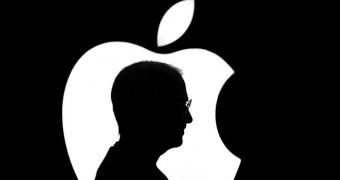
 14 DAY TRIAL //
14 DAY TRIAL // 
